Childhood is full of adventures, play, and sometimes accidents. Falls from bicycles, playground equipment, or sports activities can often lead to fractures. While most fractures in children heal well due to their strong healing ability, parents often worry about one important question:
“Can a fracture affect my child’s future growth?”
The answer depends on the type and location of the fracture. Let’s break it down.
Why Are Children’s Fractures Different from Adults?
Children’s bones are unique because they are still growing. They are softer, more flexible, and contain special regions called growth plates (areas of developing cartilage near the ends of long bones).
Because of these differences:
- Children’s bones heal faster than adults.
- Many fractures can remodel over time, meaning the bone corrects itself as the child grows.
- But fractures involving growth plates need special attention.
Growth Plate Injuries – The Key Concern
Growth plates (also known as epiphyseal plates) are responsible for bone lengthening. If a fracture passes through or near a growth plate, it can:
- Slow down growth in that bone.
- Cause the bone to grow unevenly compared to the other side.
- Lead to angular deformities (crooked growth).
Not all growth plate injuries cause long-term problems, but severe or untreated ones can affect future bone development.
Signs Parents Should Watch For After a Fracture
- Persistent pain or swelling long after initial healing.
- A visible difference in limb length compared to the other side.
- Crookedness or abnormal angle in the arm or leg.
- Difficulty in movement or unusual walking patterns.
If you notice these, consult a pediatric orthopedic specialist immediately.
Treatment and Recovery
The good news is that with proper treatment, most children’s fractures heal without long-term problems.
- Simple fractures: Often treated with a cast or splint, healing within weeks.
- Growth plate fractures: Require careful monitoring with X-rays and, in some cases, surgery to realign the bone.
- Rehabilitation: Physiotherapy helps children regain strength, mobility, and confidence after immobilization.
Role of Physiotherapy
Physiotherapy is crucial after fractures, especially those involving joints or growth plates. It helps by:
- Restoring muscle strength and flexibility.
- Correcting walking or movement patterns.
- Preventing stiffness after cast removal.
- Supporting long-term healthy bone growth.
Conclusion
Physiotherapy is an essential component of post-deformity correction care. It not only facilitates physical recovery but also boosts confidence and quality of life for patients. A well-structured rehabilitation plan, under the guidance of an experienced physiotherapist, ensures long-term success and prevents recurrence of deformities.
For expert guidance and physiotherapy services, consult Dr. Nargesh Agrawal at +91 88517 77145 or visit www.childorthocare.online.






